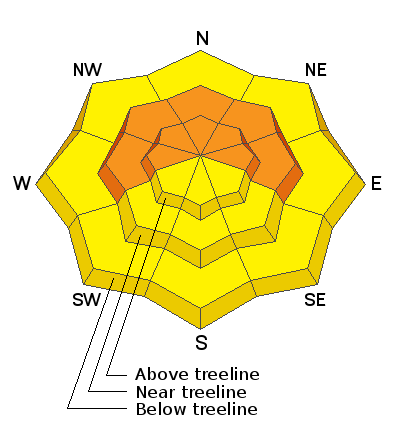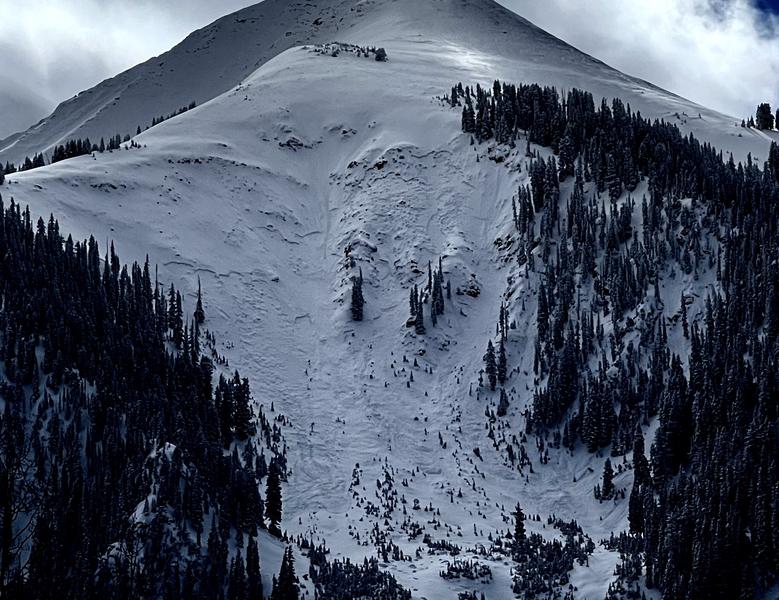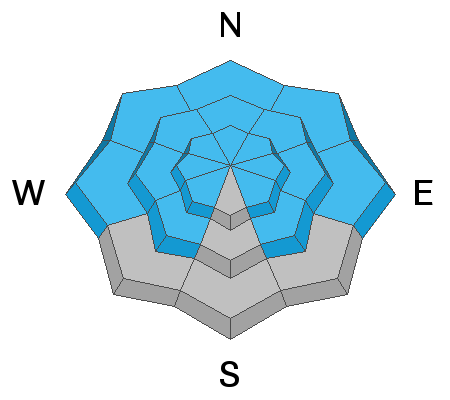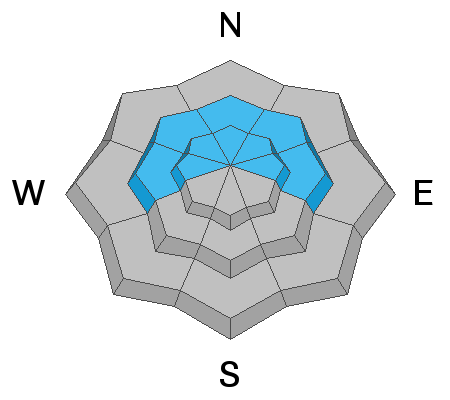Forecast for the Moab Area Mountains

Issued by Eric Trenbeath on
Wednesday morning, January 27, 2021
Wednesday morning, January 27, 2021
Increasing southerly winds are bumping up the avalanche danger a notch on the CONSIDERABLE scale - human triggered avalanches are likely and natural avalanches are possible on steep slopes facing W-N-E. Incremental but consistent snowfall over the past week combined with wind has created dangerous avalanche conditions and these slopes should be avoided for the foreseeable future. With mostly sunny skies the temptation will be high today. Temper your enthusiasm by avoiding avalanche terrain as well as lower angle, connected slopes. Most south-facing terrain has a MODERATE danger. Coverage is still thin so be careful out there.

Low
Moderate
Considerable
High
Extreme
Learn how to read the forecast here









